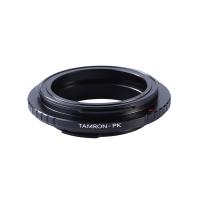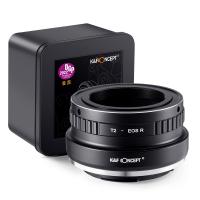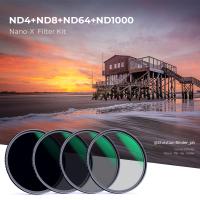Which Oil Is Used In Oil Immersion Microscope ?
The oil used in oil immersion microscopy is typically a type of immersion oil that has a high refractive index, which helps to increase the resolution and clarity of the microscope image. The most commonly used oil for this purpose is cedarwood oil, which has a refractive index of around 1.515. Other types of immersion oils that may be used include mineral oil, silicone oil, and glycerol. The oil is applied to the microscope slide and coverslip, and the objective lens is then lowered into the oil to create a tight seal that minimizes the amount of light that is lost due to refraction. This technique is particularly useful for observing small, transparent specimens such as bacteria, yeast, and other microorganisms, as well as for examining thin sections of tissue or other biological samples.
1、 Mineral oil
Mineral oil is the most commonly used oil in oil immersion microscopy. It is a clear, colorless, odorless, and tasteless liquid that is derived from petroleum. Mineral oil has a high refractive index, which makes it ideal for use in oil immersion microscopy. When a specimen is placed on a microscope slide and covered with a coverslip, the refractive index of the air between the coverslip and the specimen causes light to scatter, resulting in a loss of resolution. However, when mineral oil is used to fill the space between the coverslip and the specimen, the refractive index is matched, and the light passes through the specimen without scattering, resulting in a clearer and more detailed image.
In recent years, there has been some debate about the safety of using mineral oil in oil immersion microscopy. Some studies have suggested that mineral oil may be carcinogenic and may cause skin irritation and respiratory problems. As a result, some laboratories have started to use alternative oils, such as cedarwood oil or silicone oil, in oil immersion microscopy. However, these oils have their own drawbacks, such as a lower refractive index or a tendency to evaporate quickly.
Overall, mineral oil remains the most widely used oil in oil immersion microscopy due to its high refractive index and low cost. However, laboratories should take appropriate safety precautions when handling mineral oil and consider alternative oils if there are concerns about safety.
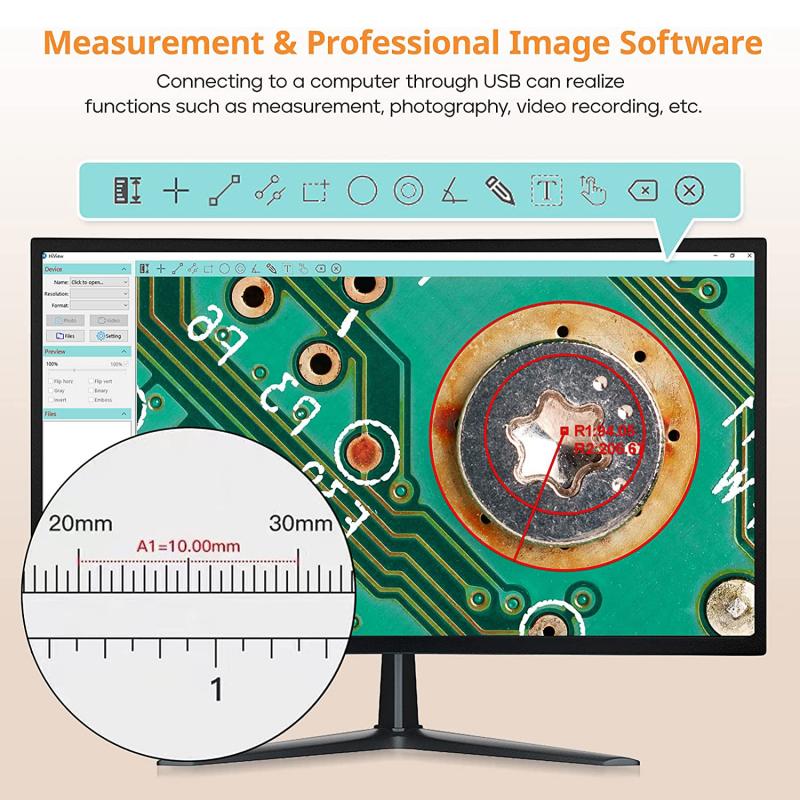
2、 Cedarwood oil
Cedarwood oil is commonly used in oil immersion microscopy. This type of microscopy is used to observe specimens at high magnification, and the use of oil immersion helps to increase the resolution and clarity of the image. Cedarwood oil has a refractive index that is similar to that of glass, which makes it an ideal choice for use in oil immersion microscopy.
In addition to its optical properties, cedarwood oil is also known for its antimicrobial properties. This makes it useful for preventing the growth of bacteria and other microorganisms on the microscope slide. It is also relatively easy to obtain and is not as expensive as some other types of immersion oils.
However, there are some concerns about the use of cedarwood oil in microscopy. Some studies have suggested that it may cause skin irritation or allergic reactions in some individuals. Additionally, there are concerns about the sustainability of cedarwood oil production, as it is obtained from trees that are often overharvested.
As a result, some researchers are exploring alternative immersion oils that may be more sustainable or less likely to cause adverse reactions. For example, some studies have suggested that coconut oil or other vegetable oils may be effective alternatives to cedarwood oil. However, further research is needed to determine the optimal choice of immersion oil for different types of microscopy applications.
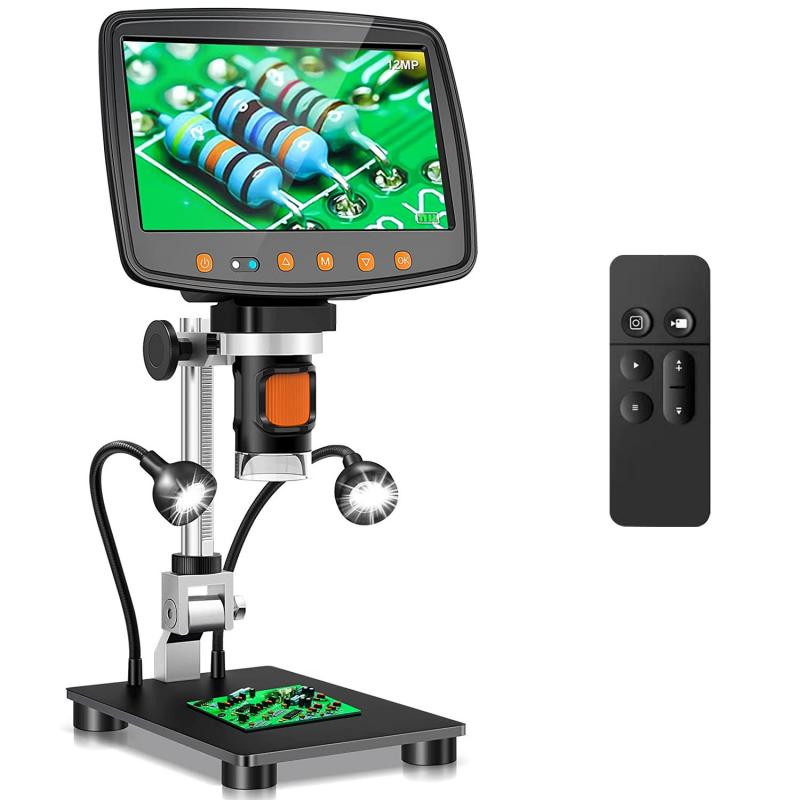
3、 Silicone oil
Silicone oil is commonly used in oil immersion microscopy. Oil immersion microscopy is a technique used to increase the resolution and clarity of microscopic images by reducing the refractive index mismatch between the specimen and the objective lens. This technique involves placing a drop of oil with a high refractive index between the specimen and the objective lens, which allows more light to be captured and improves the resolution of the image.
Silicone oil is preferred for oil immersion microscopy due to its high refractive index, typically around 1.4, which is close to that of glass (1.5). This refractive index match minimizes the loss of light due to reflection and refraction at the specimen-glass interface, resulting in improved image quality. Additionally, silicone oil has a low viscosity, which allows it to spread evenly and form a thin layer between the specimen and the objective lens.
Furthermore, silicone oil has several advantages over other oils used in oil immersion microscopy. It has a higher resistance to evaporation, which ensures that the oil remains stable during long imaging sessions. Silicone oil also has a lower toxicity compared to other oils, making it safer to handle and less likely to damage delicate specimens.
It is important to note that there are alternative oils available for oil immersion microscopy, such as cedarwood oil and mineral oil. However, silicone oil is widely preferred due to its superior optical properties and stability. Researchers and microscopists continue to explore and develop new oils for oil immersion microscopy, but as of now, silicone oil remains the most commonly used and recommended choice.

4、 Halocarbon oil
The oil used in oil immersion microscopy is typically Halocarbon oil. Halocarbon oil is a type of immersion oil that has specific properties that make it suitable for use in microscopy. It is a synthetic oil that is chemically stable and has a high refractive index, which allows for increased resolution and clarity when viewing specimens under high magnification.
Halocarbon oil is commonly used in oil immersion microscopy because it has a refractive index that closely matches that of glass, which reduces the amount of light that is lost due to refraction. This helps to minimize the loss of resolution and allows for better visualization of fine details in the specimen.
In addition to its refractive properties, Halocarbon oil is also non-toxic and non-volatile, making it safe to use in laboratory settings. It is also resistant to oxidation and does not degrade over time, ensuring consistent performance and longevity.
It is worth noting that while Halocarbon oil is the most commonly used oil in oil immersion microscopy, there are other types of immersion oils available, such as cedarwood oil and silicone oil. These oils have different refractive indices and may be used in specific applications where their properties are advantageous.
In conclusion, Halocarbon oil is the preferred oil for oil immersion microscopy due to its high refractive index, stability, and safety. However, it is always important to consult the manufacturer's guidelines and recommendations for the specific microscope being used, as different microscopes may have different requirements for immersion oil.





























